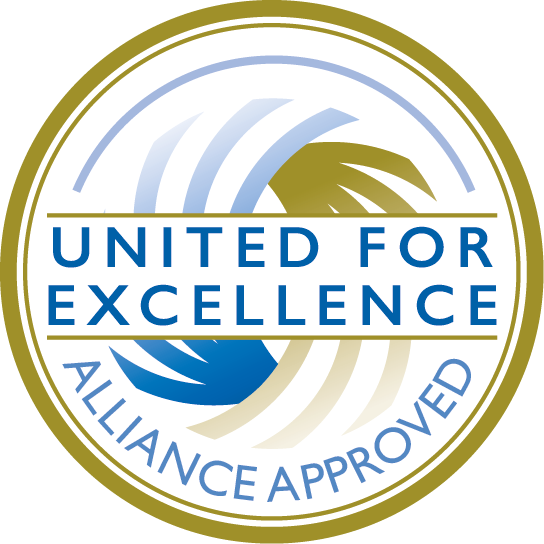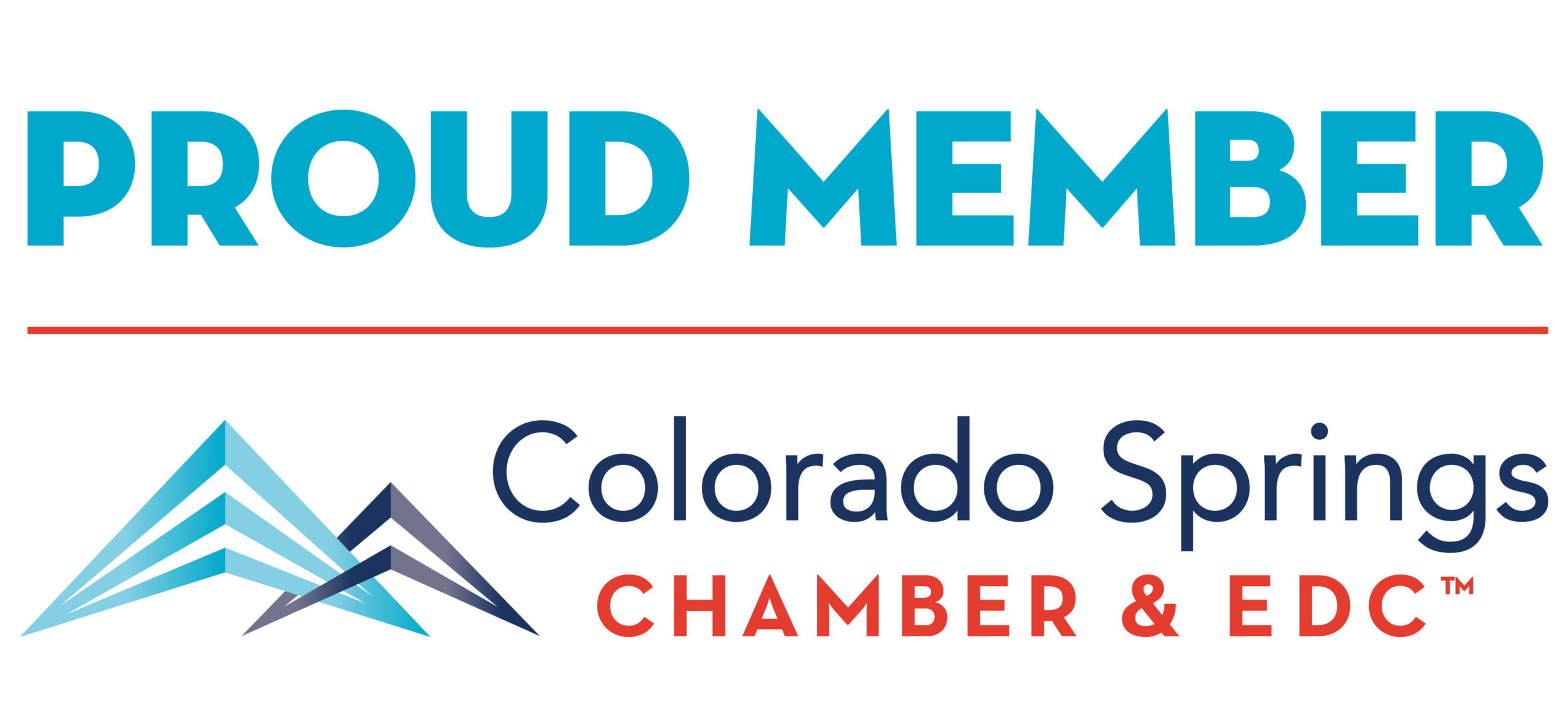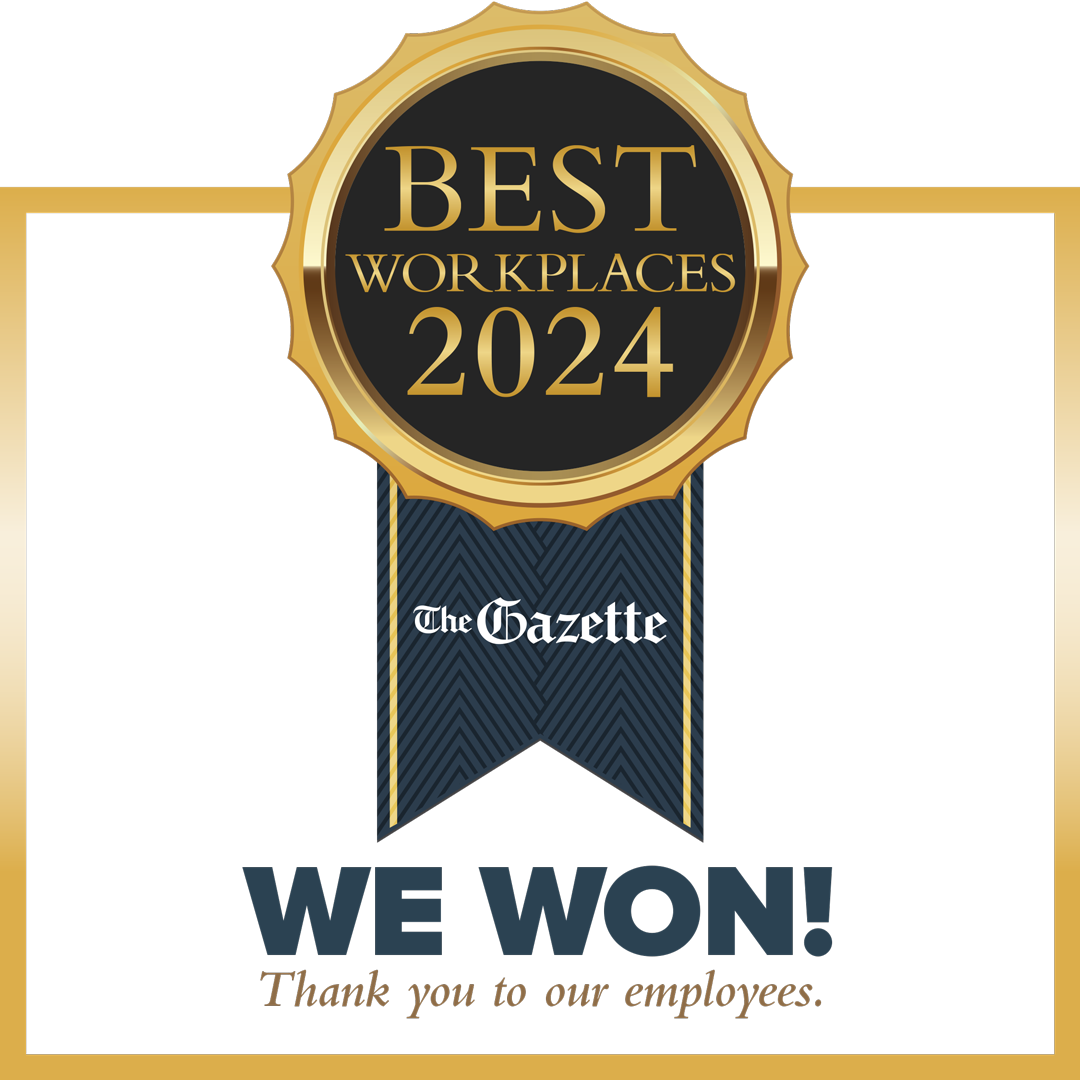
Navigation and Quality
- Determination
- Eligibility for services
- Intake and documentation
- Enrollment
- Community resource referrals
- Quality monitoring and review
- Provides an independent committee to protect people’s rights
Intake and Eligibility
If you need assistance with eligibility determination, the first step is to contact our Navigation and Quality Department at 719.380.1100 or complete our Intake Form to begin the process.
Our goal is to complete the process in 90 days, however timelines are dependent on how quickly documents and approvals come from you, your physician, and outside agencies. You must be approved for all layers of eligibility before enrolling into a service. Please know that throughout this process you will meet and work with several members of TRE’s team. We understand this can cause confusion, but it enables us to move more quickly through all requirements.
TRE can also determine whether a person qualifies for services and supports due to an intellectual or developmental disability or delay. Please review and submit the following documentation:
- Proof of legal residency, such as a birth certificate or social security card
- Completed and signed DDD Determination Application, required testing/medical records, and verification that the disability occurred prior to the 22nd birthday
- DDD Determination Application
- DDD Determination Application (Spanish/Espanol)
- Developmental Delay Application
- Developmental Delay Application (Spanish/Espanol)
- Guardianship papers, as applicable, for those over 18
- Medicaid and/or Medicare card (if applicable)
- Proof of social security or denial, if present
- Psychological Evaluation or IEP that includes IQ testing
After the age of five, eligibility determinations are based on IQ scores, many times in combination with adaptive test scores, as well as verification that the disability occurred prior to the 22nd birthday. If test results fall within the State’s established guidelines, you will be deemed eligible for services. New criteria regarding DD determination was released by the Colorado Division for Developmental Disabilities (DDD), effective August 1, 2013
Some tips for returning qualifying information:
- Acceptable testing could include WISC, WAIS, Stanford-Binet, K-BIT, K-ABC, TONI, UNIT, WPPSI, and Leiter.
- Also submit adaptive behavior testing (such as the Vineland Adaptive Behavior Scales) if it is available.
- A school triennial IEP will usually contain test scores. If you have copies of the most recent IEP, as well as one that lists test scores, please forward them to the Navigation Department; this will speed up the eligibility process.
- Many times IEPs can also act as verification that the disability occurred before the age of 22 for those clients who are no longer in school.
- If you are applying for a child between the ages of three and five, please include medical records and therapy reports which list all diagnoses and/or delays; IQ testing is not needed until after age five.
In each stage you will have one central point of contact beginning with the Navigation Support Coordinator. Because everyone has slightly different circumstances, you will receive a detailed checklist specific to your needs so that you can follow along with all steps of the Intake and Eligibility processes. Intake and Eligibility may include some or all of the following:
- Determination: Determination for eligibility as well as Developmental Delay/Disability eligibility based upon Colorado’s requirements.
- Functional Eligibility: A Navigation Coordinator will complete an In-Home Assessment to determine functional eligibility, which is the need for Long-Term Care services. Before this can be scheduled, we will need Professional Medical Information Page (PMIP), to be completed by your doctor, to certify that services are needed.
- Financial Eligibility: During the home visit, the Navigation Coordinator will also complete an application for Long-Term Care Medicaid as you must be determined financially eligible. The application will be submitted to the Department of Human Services and can take up to 45+ days to process.
- Additional Approvals: Depending on the service you are applying for, there may be an additional application to complete to ensure that targeted criteria is met for that particular program (for example, Social Security). The additional applications are required to be submitted for review by an outside entity for approval/denial and can lengthen the intake process.
After receiving a referral, a TRE Navigation Support Coordinator (NSC) will be your point of contact throughout this process. They will contact you and talk with you about your needs, your desired services, and next steps. If you feel you will not meet the eligibility requirements the NSC can refer you to appropriate resources or options to meet your needs.
Some things to consider:
- If you are on another Home and Community Based Services waiver such as the Elderly, Blind, and Disabled waiver (EBD), that waiver will end once you start the SLS waiver. If you are currently enrolled on the EBD waiver, please click here to review the SLS-EBD Comparison Quick Reference. It compares the benefits between the two waiver programs, and can assist you in determining which waiver program may best meet your needs.
- If you receive Home Care Allowance (HCA), it will end once you start a Medicaid waiver.
- If you are receiving CNA services as a part of your Medicaid state plan, you can continue to receive these services to address your skilled care needs in most waivers, but not all.
Please note: if there is a waitlist for services, you will not proceed to enrollment until funding is available (please see waitlist information below).
Enrollment
When all intake and eligibility steps are complete, and funding is approved and available, you will move on to Enrollment. Your Enrollment Coordinator will guide you through this next step in the process.
- Referral: Your Enrollment Coordinator will complete a Referral with you for Provider Approved Service Agencies (PASAs) and/or businesses who will deliver your services. TRE staff cannot tell you which providers to use, only make referrals. A list of all local and statewide providers can be found here.
- Additional resources and services include:
- Additional Assessment: For Adults, the Support Intensity Scale (SIS) Assessment is required to be completed to assist with Service Planning and determining the level of funding for services.
- Initial Service Plan Meeting: Your Enrollment Coordinator will meet with you, your provider of choice, and any others you’d like on your Team to create your initial service plan and get services started.
Service Coordination
Once enrollment is complete, a Service Coordinator will be assigned to you. Our Service Coordination Department’s goal is to provide person-centered, family and community focused service in which coordinated programs and resources enhance your life. Your Service Coordinator will assist in providing targeted services and supports to establish a long-term foundation for family and community inclusion. Your Service Coordinator will also help identify your unique strengths and ways to enhance those strengths. Please click here for more about TRE Service Coordination.
TRE Services Handbook includes what to expect, our funding, explanation of terms, acronyms, your rights, and more.
TRE Services Handbook – Spanish
Waitlist Information
Our Navigation and Quality staff can assist you in getting added to the waitlist for services appropriate to meet the needs of you or your loved one. It is important for applicants to understand that currently there is a lengthy waiting list for services and support. The sooner you complete and submit the application, the sooner we can begin the eligibility process.
Note: If you are 18 or over, you must sign all paperwork unless you have a court-appointed legal guardian.
You can download our application here.
Date of Eligibility
Individuals can be placed on the waiting list for adult programs at age 14 and people are urged to do this if they are not already known to a Community Centered Board. The date of eligibility is used to determine a person’s place on the waiting list within the three timeline options listed below. A person keeps his or her eligibility date even with a move throughout the state of Colorado. A person loses eligibility date and placement on the wait list if he or she is out of the state for a year or more and without a close family member remaining in the state.
Removal from Waiting List
Individuals are removed from a waiting list for the following reasons:
- Enrolled into programs for which they were waiting.
- No longer needs the programs for which they are waiting.
- Individual requests to be removed from the waiting list.
- Moves out of state with no close family members living in Colorado. (see Date of Eligibility)
- Placed onto a waiting list with another Community Centered Board.
- No longer meets eligibility requirements.
- An contact cannot be made with the individual.
Waiting List Status Categories
As Soon As Available: The program is needed right now and would be accepted as soon as it is available.
Safety Net: The person does not currently want or need the services available through the program but will if current supports are lost or otherwise change, e.g. loss of primary caretaker, change in medical status.
Specific Date: The person wants to enroll in a program when a specific date is reached, e.g., date when he/she turns 21, date of graduation. If a date is selected, the program will not be offered before that date but this does not ensure that the program will be offered by the date selected. For example, the date of the person’s 21st birthday is selected as the timeline. The Community Centered Board would not offer enrollment in the program and remove from the wait list prior to that date. If that date passes and enrollment in the program has not been offered, the person/family would need to select a new wait list timeline. These can be changed at any time and should be reviewed annually either at an annual plan meeting or by phone call. A person can be waiting for one or more programs at the same time with same or different timelines but can only be on the wait list with one Community Centered Board.
Offering Programs to Individuals on the Wait List: There is no set number of people who come off the wait list each month, quarter or year. Individuals are offered enrollment in a program based upon new “resources” or openings allocated by the State and upon vacancies created by individuals who have left the program. Each Medicaid Waiver Program has a statewide cap or the maximum number of people who can be served in the Medicaid Waiver at one time. In addition, each Community Centered Board has a maximum contract number of individuals who can be served at one time each Medicaid Waiver. The Community Centered Board cannot serve more individuals than the number of individuals that is in their contract with the State for any of the Medicaid Waivers.
Community Centered Boards like TRE do not have control of new “resources” or openings from the State. Those are appropriated by the Joint Budget Committee. Because of that, and emergent situations, we can’t begin to estimate how long someone may be waiting. It is important that you keep us informed of any change in your family’s situation as emergent situations arise. In emergent situations, there may be criteria met that would enable an individual to “jump” ahead of others on the wait list due to the emergency.
Community Centered Boards do currently have some control, in some programs, of enrolling individuals from the wait list into vacancies created by an individual leaving a program and terminating. TRE will offer enrollment in a program to individuals to fill these vacancies based upon eligibility date and wait list timeline if there are no individuals waiting who have met the emergency criteria.
Declining Enrollment in a Program: If an individual does not enroll in a program when offered, he or she retains the date of eligibility and may be asked to identify the appropriate status for when enrollment in the program is desired. A person does not go to the bottom of the waiting list if enrollment in a program is declined. Maintaining a timeline of ASAA after enrollment in a program has been declined in most cases will not be allowed.
Additional Resources:
Important Memos From the Colorado Department of Health Care Policy and Financing
Dispute Resolution
Medicaid Fair Hearing
Complaint and Grievance Policy
Colorado Division for Developmental Disabilities (updates to rules and regulations in Colorado’s DD System, as well as to access waiver and service information updates)
For information about Medicaid services and eligibility, visit the Colorado Department of Health Care Policy and Financing.





